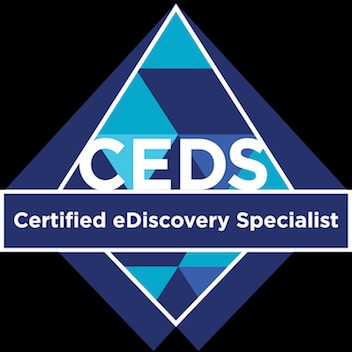티스토리 뷰
http://www.jdsupra.com/legalnews/the-fix-on-fixed-fees-48505/
[author: Charles Lavallée]
One of the biggest problems law firms and corporate clients face is the unpredictable nature of costs associated with e-discovery, since all it takes is for one large and/or unpredictable case for expenses to skyrocket. In response, e-discovery service providers are increasingly moving toward flat or fixed fee models that offer the proverbial Holy Grail: better budget management and cost predictability for their clients.
In this environment, there is plenty of room for misinformation, and clients would be well served to conduct a deeper level of due diligence. Here are some typical claims that are worth further exploration:
“Our fixed fees are all-inclusive.” The buyer should look at all the services and tools offered by the provider to ensure they are included in the fixed fee. Many providers do not include analytics, such as technology-assisted review, near- and de-duping, concept analysis, email threading and so forth in the base price. That said, even if most or even all services and/or features are included, they’re generally capped. If the buyer exceeds those ceilings, then the service provider will often charge (1) unit-based fees for each service and/or feature, or (2) have another fixed fee tier that will kick-in. Generally, the latter will force the buyer to pay not only for that service and/or feature for which they’ve exceeded the cap, but also several other increases that are neither expected nor desired.
The reality is that the services and features provided to the customer often rely on the usage of many disparate technologies that come at a price to the service provider—i.e., licensing costs, usage costs, infrastructure costs and so on—so they must be passed on somehow.
“We don’t charge on data volumes.” Pay close attention to this claim and make sure you fully understand what you are getting. Many service providers still charge on data volumes. Other than labor costs, storage costs are a service provider’s largest likely expense. So, if you aren’t being charged based on volume, all that means is that the provider is likely capturing that charge elsewhere (e.g., they might charge a higher per user or hourly rate.) Buyers ought to thoroughly review the language in the contract pertaining to burst fees for spikes in data volumes (or other services rendered) that can add a significant amount of variability into pricing. Signing up for this model requires that firms have a firm grasp on their data usage—but not all do.
“We offer a flat fee for unlimited usage.” There are a few points to make. First, most service providers licensing e-discovery technology charge on a per user basis to make up for user fees they are paying as resellers. If they are not charging on a per user basis, they are making up those costs elsewhere—i.e., hosting, processing, project management or consulting fees. Second, service providers that charge on a monthly basis for unlimited data reduction, review and analysis for a number of named users may offer more predictable pricing, but only until its clients’ caseloads exceed expected thresholds. Once burst capacity and additional user fees apply, budget predictability can disappear quickly.
“We share the risk with our clients.” Organizations that understand and can control data volume are often in the best position to bring predictability and commitment to the table with their service provider. For example, if you can say, “I can commit to consistently sending you 500-600 GB per month with very little variability,” the provider is much more likely to offer favorable pricing. However, if you don’t consume as much as you have committed (and budgeted) for, you may end up paying for capacity you don’t need. Conversely, if you underestimate your demand, you may be hit with unexpected fees described earlier. Both scenarios have potential downside risk to one or both parties.
“Our pricing allows you to pass on savings to your clients.” This may be true—but the savings may be less than you think if you are paying separately for processing and analytical capabilities (along with the personnel overhead to manage these functions).
Key Takeaways:
- Pressure to reduce costs is generating misinformation.
- Misinformation may lead to less-than-competitive service options, pricing and features.
- Understanding your litigation profile, needs and data volumes will help you analyze legal discovery spend, paint a more accurate picture of overall consumption and help inform whether fixed fee models are right for your organization.
- This in turn may allow service providers to be more flexible and creative with respect to pricing their services to clients (and law firms to their corporate clients).
- “The devil is in the details.” Fixed fees and cost predictability are attainable, but it takes an understanding of your e-discovery profile and needs, careful planning and a deep understanding of your service provider’s fee models.
'eDiscovery' 카테고리의 다른 글
| Glossary of 123 Commonly Used Terms (0) | 2014.08.06 |
|---|---|
| Avoiding the Pitfalls of Legal Hold Data Migrations (0) | 2014.07.24 |
| An eDiscovery Market Size Mashup: 2013-2018 Worldwide Software and Services Overview (0) | 2014.07.17 |
| eDiscovery 전문가의 Career Path (0) | 2014.07.11 |
| Conceptual Search vs. Predictive Coding (1) | 2014.05.19 |
